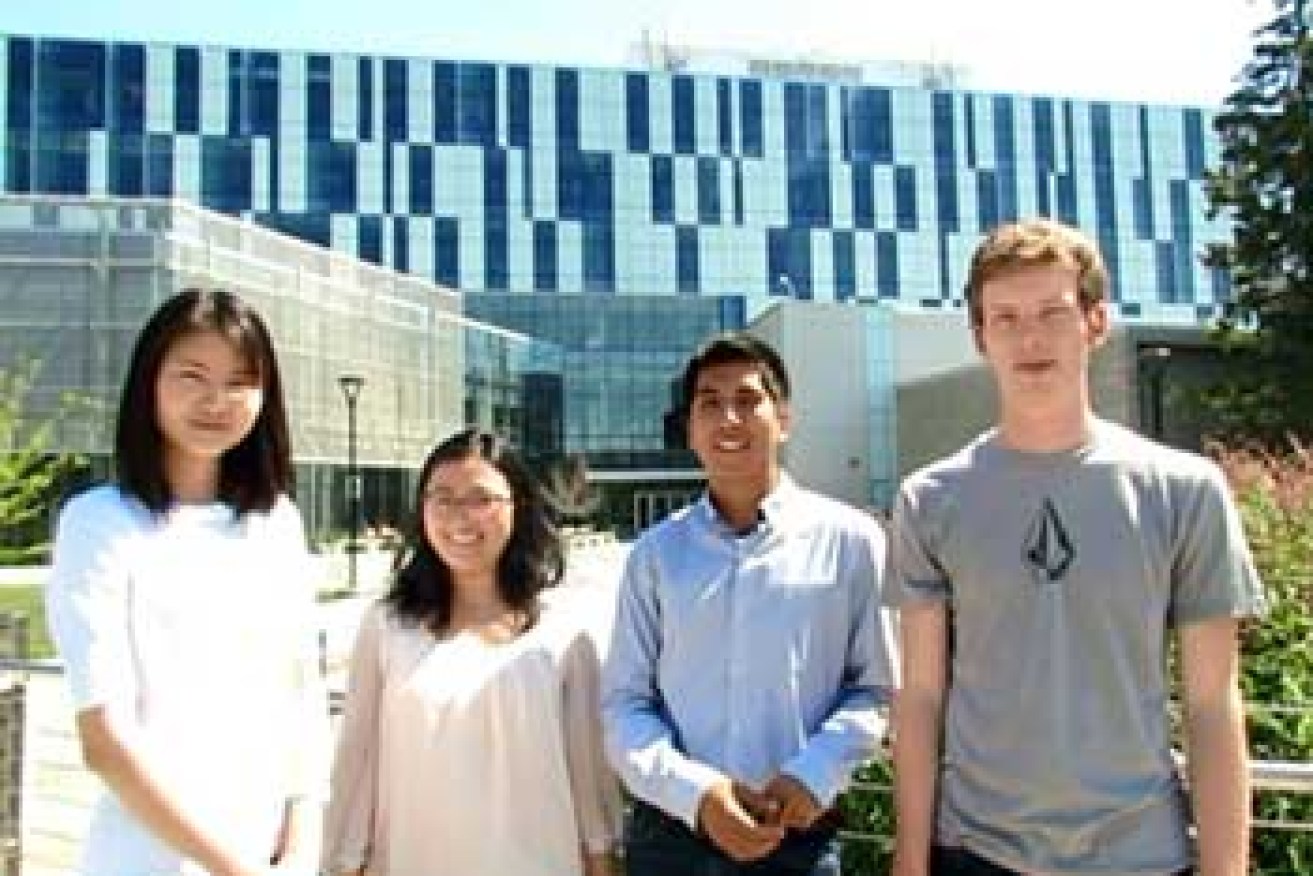This fridge could transform the lives of 1.3bn people


Students at the University of Calgary have found inspiration in the animal kingdom for a device that could revolutionise food storage in impoverished areas.
About 1.3 billion people around the world live without access to electricity, and subsequently refrigeration, significantly impacting their ability to properly store food.
A group of four students from the Canadian university developed an “alternate food preservation unit”, called WindChill, to address this issue, which was designed to work off the grid, in poor regions where access to electricity was not an option.
• Discarded food could feed the world: Pope
• Recipes you can cook (and freeze) this week
• How buying ‘ugly’ fruit can save you money
“We thought it would be good to decrease the amount of food waste in the world, and we came up with this design because it’s easy to build and the materials are relatively cheap,” team member Michelle Zhou told CBC News Calgary.
In India alone, $A9.3 billion in fruit and vegetables was lost each year due to a lack of effective cooling systems.
“Anywhere from a quarter to half of the world’s food goes to waste every year, and in rural populations – about 70 per cent of the people in rural Africa don’t have access to electricity,” team member Jorge Zapote told CBC.
“So this at the moment uses a tiny bit of electricity from a solar panel, but the end design is to use zero electricity. So this could really help people in those areas.”
How does it work?

The goals of the project were to not require an electricity grid, to be significantly less expensive than modern refrigeration methods and to be able to be incorporated into the regions of poverty where it is most needed. Photo: Biomimicry Global Design Challenge (BGDC)
It largely draws on cooling systems in the natural world.
In a three-step process it combines the cooling systems of coral, termites, kangaroos, bees, elephants and meerkats.
Initially, it draws in warm ambient air that is passed through a tube into an evaporation chamber where it is cooled before it enters the food storage chamber.
The cooling unit won first place in the Biomimicry Global Design Challenge, a competition that asked participants to address critical sustainability issues by drawing inspiration from nature.
They will now set about making a prototype for the next round of the competition.
What could it mean for people without electricity?

University of Calgary students Xi Cheng, Michelle Zhou, Jorge Zapote and Mitchell Weber developed the WindChill Food Preservation Unit. Photo: BGDC
This sort of technology could revolutionise food storage for about 1.3 billion people around the world without access to electricity.
United Technologies chief sustainability officer John Mandyck told National Public Radio last month about one-quarter of food loss in developing countries could be attributed to poor refrigeration.
“Being able to keep fresh food chilled during storage and transport would make a huge difference, but many places do not yet have the technology, infrastructure or the money to set up a sophisticated ‘cold chain’ – the network of refrigerated trucks and storage facilities you need to bring fresh food from the farm to the market,” he said.
“India produces 28 per cent of the world’s bananas yet represents just 0.3 per cent of all internationally traded bananas.
“With an improved cold chain, the number of bananas exported could grow from 4000 to 190,000 containers, providing an additional 95,000 jobs and benefiting as many as 34,600 smallholder farms.”









